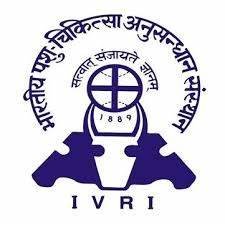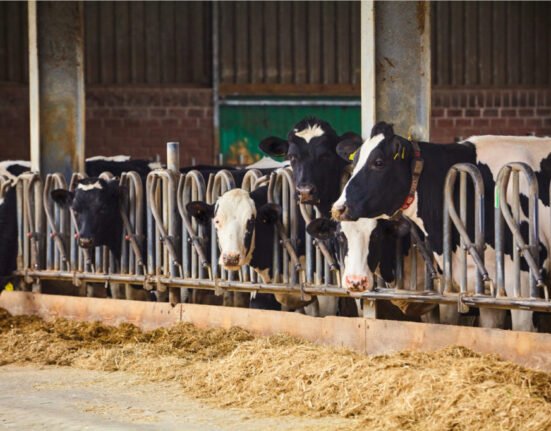By Dairy Trade Desk | Jordbrukare India | April 2025
India’s butter exports touched unprecedented levels in 2024, marking a transformative year in the country’s dairy trade trajectory. According to exclusive data reviewed by Jordbrukare India, total monthly exports surged beyond 5 million kilograms in December 2024 — the highest recorded since consistent tracking began in 2020.
With Bahrain, Saudi Arabia, Egypt, and the UAE emerging as dominant destinations, the data reveals a dramatic reorientation of India’s dairy trade map, with implications for dairy processors, export strategists, and policymakers alike.
📊 From Recovery to Resurgence: The Export Arc (2020–2024)
India’s butter exports in 2020 hovered between 130,000 and 700,000 kg per month, disrupted by pandemic-induced logistical constraints and sluggish demand. Recovery began in late 2021, with a sudden spike in December 2021 (2.3 million kg), followed by a sharp rise in January 2022 (4.8 million kg).
This momentum held, but 2024 marked a clear breakaway. Exports consistently exceeded 2 million kg per month, peaking at 5.1 million kg in December 2024, driven largely by demand from the Gulf and North African markets.
“What we’re witnessing is not just a rebound—it’s a realignment of India’s butter economy,” said a senior trade analyst at Jordbrukare India. “The value proposition of Indian butter—price, shelf stability, and deep diaspora ties—is translating into strategic trade volume.”
🌍 Top 10 Export Destinations in 2024
(All figures in kilograms)
| Rank | Country | Volume |
|---|---|---|
| 1 | Bahrain | 8,981,330 |
| 2 | Saudi Arabia | 3,537,562 |
| 3 | Egypt | 3,308,000 |
| 4 | UAE | 2,467,825 |
| 5 | Morocco | 1,875,000 |
| 6 | Georgia | 1,250,000 |
| 7 | Israel | 579,000 |
| 8 | Oman | 561,310 |
| 9 | Russia | 550,000 |
| 10 | Turkey | 550,000 |
Together, these ten nations accounted for over 75% of India’s butter export volume in 2024.
🏙️ Gulf Dominance: A Structural Shift
With Bahrain alone accounting for nearly 9 million kg of Indian butter exports, the Gulf region’s collective volume now makes up more than half of India’s total butter shipments. Cultural preferences, competitive pricing, and trade proximity are converging to give Indian butter a distinct edge.
- Bahrain’s imports are nearly 2.5x higher than Saudi Arabia’s, despite the latter’s larger population—signaling either bulk re-export, institutional stocking, or procurement policy changes.
- UAE and Oman maintained steady upward curves, benefiting from Indian suppliers’ ability to manage halal certification and regional compliance.
🔎 Emerging Markets, Hidden Opportunities
Beyond the traditional powerhouses, new players are making their mark:
- Georgia, often overlooked in dairy trade, imported 1.25 million kg, making it the sixth-largest market.
- Azerbaijan, Tunisia, and Iran crossed the 250,000 kg threshold, indicating strategic purchasing behavior in price-sensitive regions.
- Smaller yet promising destinations include Singapore, Bhutan, Jordan, and Bangladesh, which may offer entry points for premium or specialty formats.
“What’s noteworthy is not just the volume, but the diversification. India is exporting to over 40 countries—many with zero or minimal dairy production of their own,” noted Jordbrukare India’s trade desk.
🔁 Year-End Spikes & Festival Demand
Monthly analysis shows strong seasonality:
- December 2024: 5.1 million kg
- November 2024: 3.6 million kg
- October 2024: 2.75 million kg
This surge aligns with regional festivals, colder weather in the Northern Hemisphere, and increased institutional demand—hotels, catering, and foodservice chains stock up ahead of year-end consumption.
📦 Trade Implications and Industry Outlook
The data suggests India is fast becoming a butter power, not just a milk exporter. With Skimmed Milk Powder (SMP) and ghee still leading in absolute value, butter now stands out for its volume velocity and market reach.
Key strategic implications:
- Processing Plants: Indian cooperatives and private players may need to recalibrate processing lines to optimise butter capacity and storage.
- Cold Chain Investment: Maintaining quality during transit becomes critical as exports grow. Controlled-atmosphere shipping could be a differentiator.
- Bilateral Trade Opportunities: Butter could boost India’s dairy diplomacy, especially in the Gulf and North Africa.
- Product Diversification: Cultured, clarified, or flavoured butters could find takers in niche overseas segments, especially in the U.S. and Japan.
📉 Underserved Markets Worth Watching
Countries with low current volumes but strong potential include:
- Canada (3,837 kg) – Despite a strong Indian diaspora, penetration remains low.
- New Zealand (2,670 kg) – A surprising importer given its dairy dominance, possibly re-export related.
- Malaysia, Japan, and Nepal – All imported under 1,000 kg, indicating untapped diplomatic or marketing gaps.
🧭 Conclusion: India’s Butter is on the Global Table
With global dairy consumption rising—particularly in processed and baking sectors—India’s ability to provide affordable, shelf-stable butter is timely. If infrastructure, branding, and compliance catch up with export momentum, 2025 could well be the year Indian butter consolidates its place not just in kitchens but in international dairy strategy.







